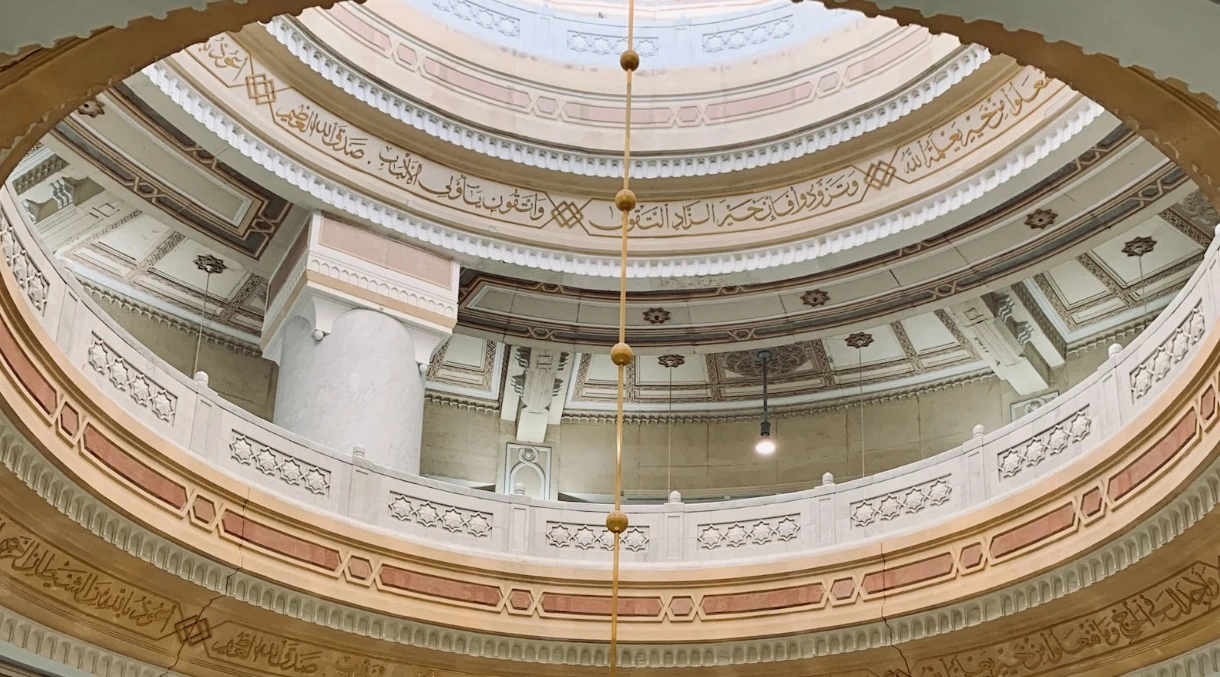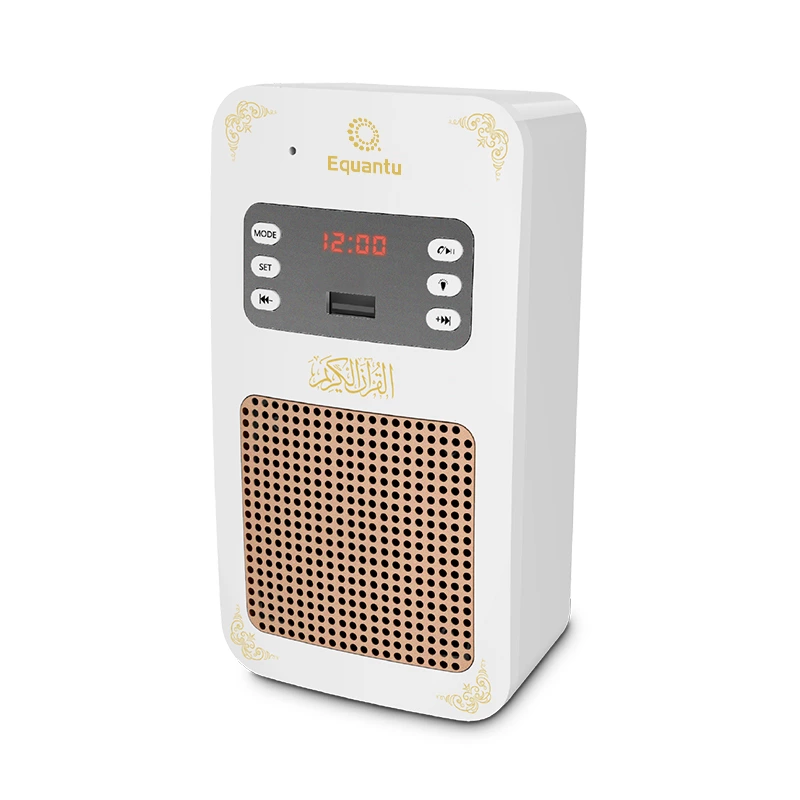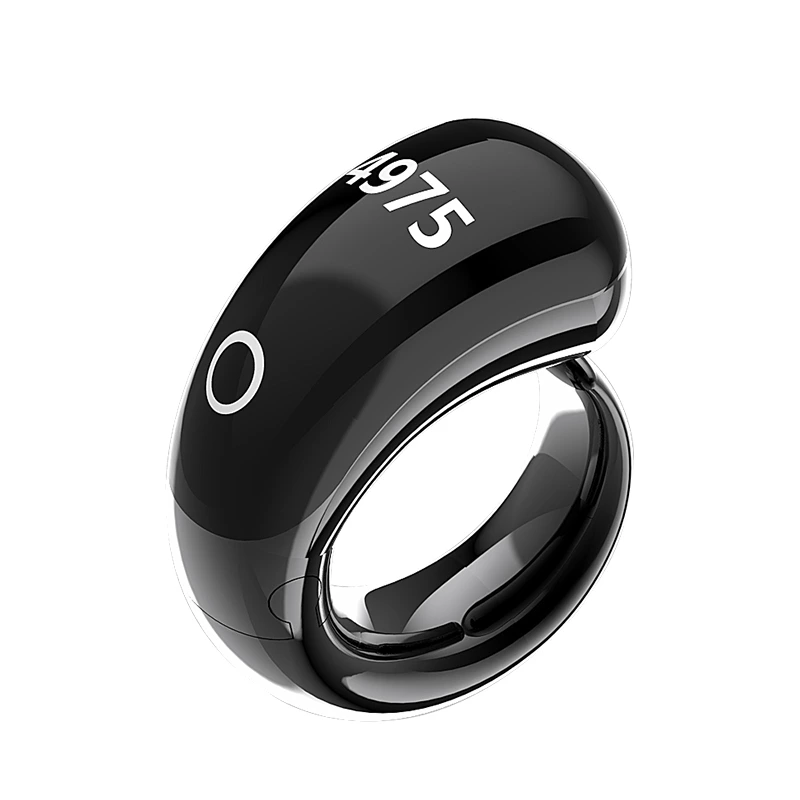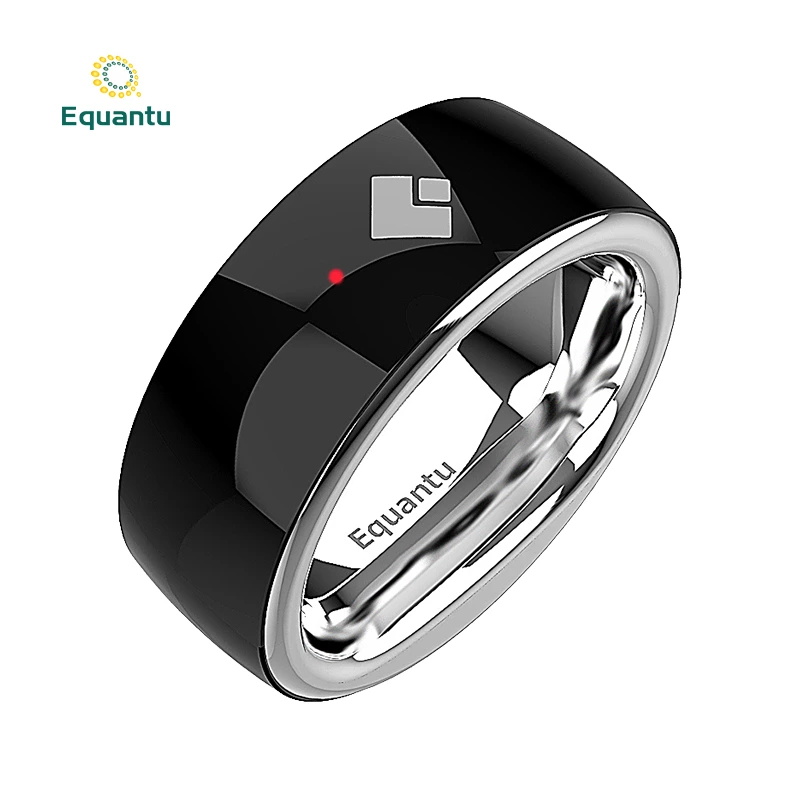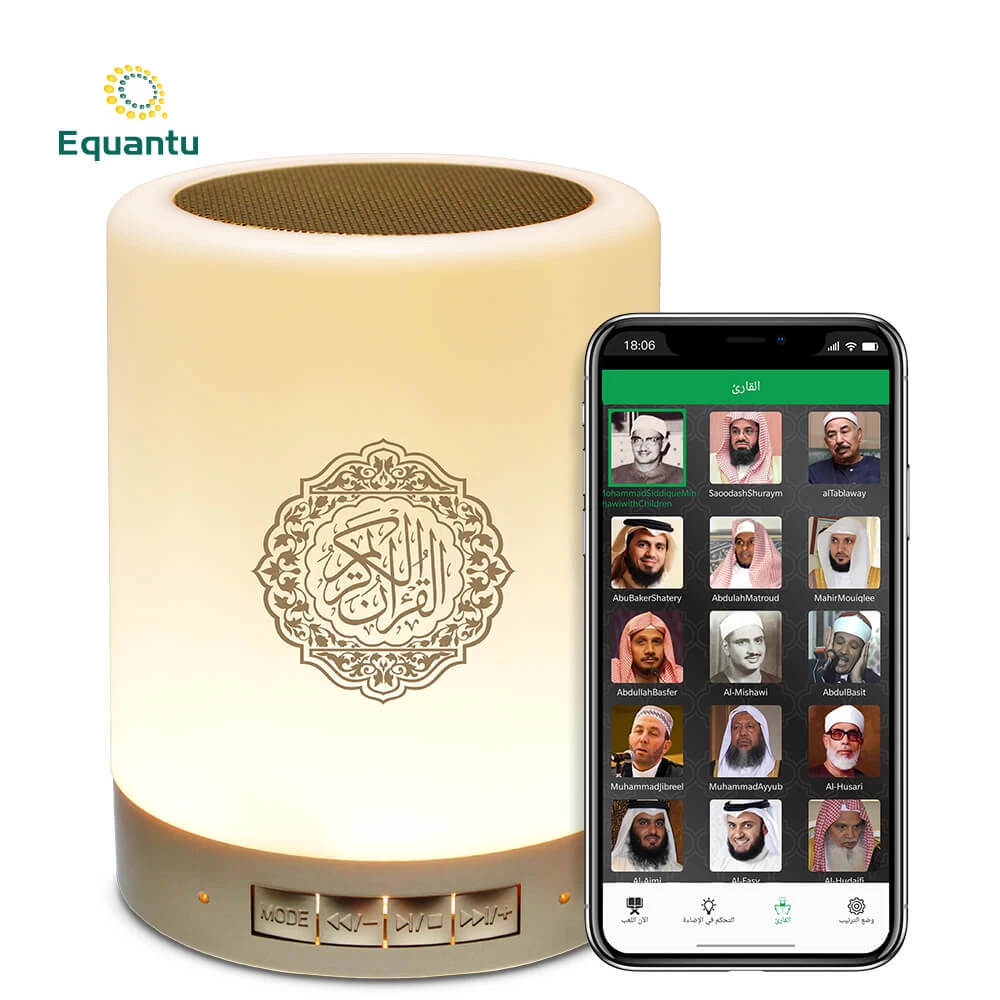Step 1: Understanding the Basics
Before embarking on creating complex patterns, it is essential to have a solid understanding of the basic geometric shapes and their properties. Familiarize yourself with circles, squares, triangles, and polygons, as these are the building blocks of Islamic geometric patterns.
Step 2: Choosing a Grid System
The grid system serves as the foundation for any geometric pattern. Common grid systems used in Islamic art include:
- Square Grid: Useful for creating symmetrical and balanced patterns.
- Hexagonal Grid: Ideal for forming star shapes and intricate tessellations.
- Circular Grid: Perfect for designs that emphasize infinity and unity.
Select a grid that aligns with the design you envision. For example, a square grid is suitable for lattice-like patterns, while a hexagonal grid is better for star polygons.
Step 3: Drawing the Primary Shapes
Start by drawing the primary shapes on your chosen grid. For instance, if you are using a square grid, begin with squares or rectangles. Ensure that each shape is proportionate and aligned with the grid lines to maintain symmetry.
Step 4: Combining Shapes
Begin combining the basic shapes to form more complex structures. This can involve interlocking circles, overlapping triangles to create star polygons, or arranging squares to form intricate lattice designs. Pay attention to the repetition and symmetry as you combine the shapes.
Step 5: Adding Details and Flourishes
Once the basic structure is in place, add finer details and flourishes to enhance the complexity of the pattern. This can include smaller shapes within larger ones, additional lines to create depth, or decorative elements that add visual interest.
Step 6: Refining the Design
Review your pattern for consistency and balance. Make any necessary adjustments to ensure that the design is harmonious and aesthetically pleasing. The goal is to achieve a seamless and intricate pattern that embodies the elegance of Islamic geometric art.
Step 7: Digital Enhancement (Optional)
For those with access to digital tools, consider scanning your pattern and enhancing it using graphic design software. Digital enhancements can add color, texture, and additional layers to your design, making it even more intricate and vibrant.
Application in Modern Worship Tools
The intricate nature of Islamic geometric patterns makes them ideal for embellishing modern worship tools like Quran speakers and Zikr rings. For example, a Quran speaker can feature a complex geometric pattern on its casing, symbolizing divine order and harmony. Similarly, Zikr rings can incorporate detailed geometric designs, serving as both functional tools and beautiful accessories that reflect the wearer’s faith.
Conclusion
Creating complex Islamic geometric patterns is a rewarding endeavor that combines artistic creativity with mathematical precision. By following this step-by-step guide, anyone can begin to design their own intricate patterns, honoring the rich tradition of Islamic art. Integrating these complex designs into modern worship tools like Quran speakers and Zikr rings not only enhances their visual appeal but also imbues them with deeper spiritual significance, bridging the gap between tradition and modernity.
